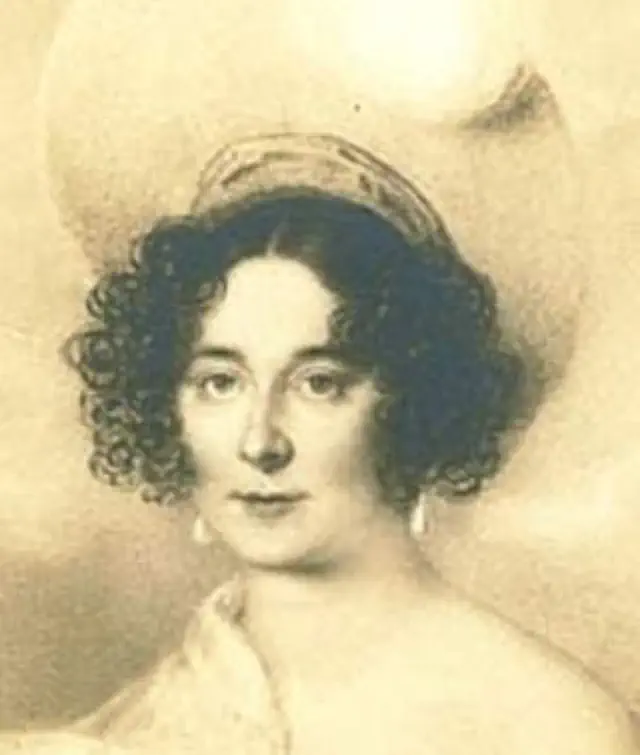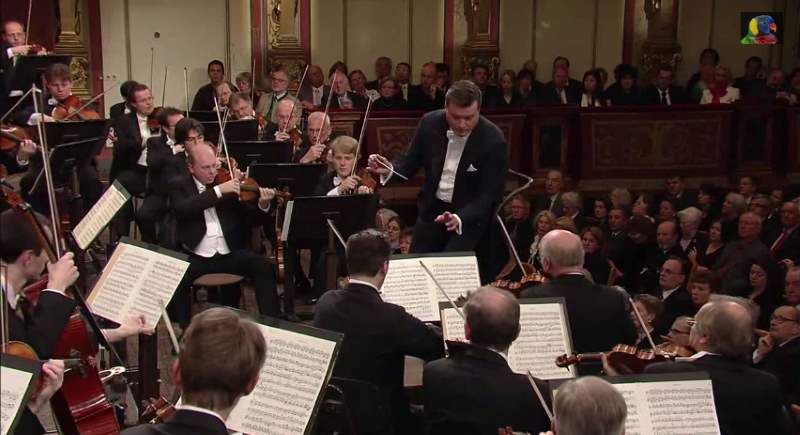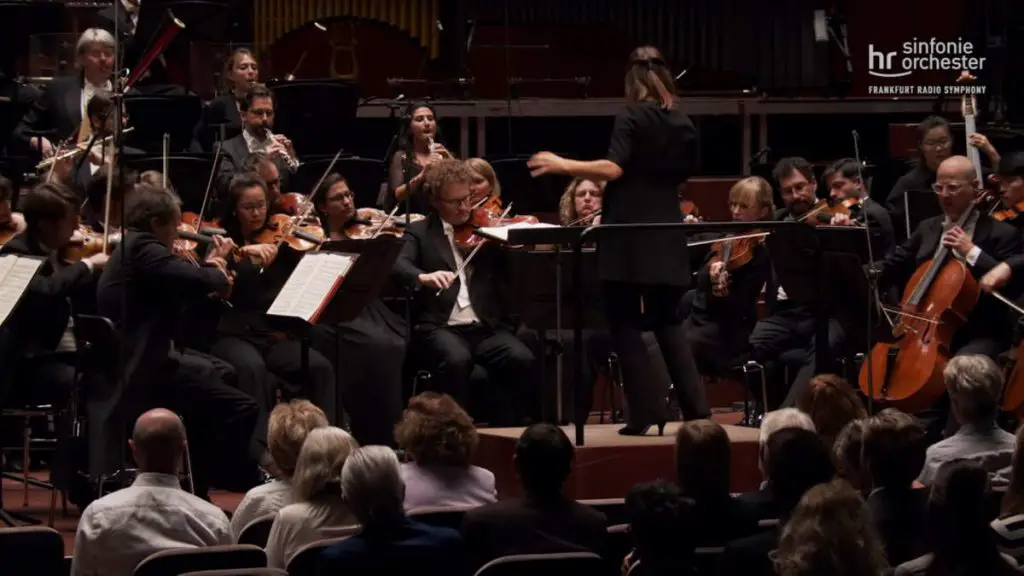Conducted by Herbert von Karajan, the Berliner Philharmoniker (Berlin Philharmonic Orchestra) performs Ludwig van Beethoven’s Symphony No. 6 in F major, Op. 68, also known as the “Pastoral Symphony”. This performance was recorded in November 1982.
Ludwig van Beethoven’s Symphony No. 6, the “Pastoral Symphony”
The Symphony No. 6 in F major, Op. 68, also known as the Pastoral Symphony (German: Pastorale) was completed in 1808. It was written almost simultaneously with the 5th Symphony but differs from it in theme.
If Symphony No.5 deals with the struggle and the joy of victory, “The Pastoral” represents the expression of the love the composer holds for nature.
Beethoven was a lover of nature who spent a great deal of his time on walks in the country. He frequently left Vienna to work in rural locations. When he found refuge in the midst of nature, he jotted down themes inspired by the trill of birds, the trickling of creeks, or the rustle of leaves. In a notebook from 1803 was found an outline of a river’s trickling with the additional note: “The greater the river, the more grave the tone.”
In a letter to Therese Malfatti (the dedicatee of “Für Elise“) in the summer of 1808, Beethoven said “How happy I am to be able to walk among the shrubs, the trees, the woods, the grass, and the rocks! For the woods, the trees, and the rocks give man the resonance he needs.”
The “Pastoral Symphony” was first performed alongside the composer’s fifth symphony in the Theater an der Wien on 22 December 1808 in a four-hour concert.

The Movements of the Pastoral Symphony
- Allegro ma non troppo. The first movement has a programmatic (see notes 1) indication “Gefuhle bei der Ankunnft auf dem Lande” (Awaking the emotions full of life upon arriving in the village). This part has genuine popular sonority through the choice of instruments and the use of typically rural instrumental music. Musical themes are short, allowing shifts from one psychological state to another through their repetition. Theme one brings a new climate, more of a motif, which through segmentation will ultimately create a natural setting in which a human being is shrouded in pleasure.
- Andante molto mosso – Szene am bach (Scene at the creek). The second movement is a wonderful scene of nature, with exceptionally musical themes in the pure pastoral air. It is more of a description of sensations rather than images. Only in the final part – the Coda – do we find the onomatopoeic sounds of birds. The title of the flute theme is Wachtel (quail) and that of the clarinet theme Kuckuck (cuckoo).
- Allegro. The third movement, “Lustiges Zusammensein der Landleute” (Joyful reunion of peasants) is particularly interesting from the point of view of the construction. The theme is built through the repetition of a motif, only on totally different structures (F major and then D major), as if it reflects the external position of the viewer with regard to the others.
- Allegro. The 4th movement, “Gewitter, Sturm” (The Tempest) has a free form. The composer seeks to render the stages of the storm as it unravels on the horizon and it moves closer more and more threatening. The instruments with grave chords – cellos and double basses – through their sounds announce the storm, then, the staccato sounds of the violins render the falling raindrops, and through the timpani and the flutes, we sense the thunder and lightning. But above all these images we feel the tense disposition that captures man helplessly facing the state of nature. When the storm is over, all living creatures come to the surface, taking their place in the natural cycle; this is rendered by a choral of flutes, which come as a true sunray.
- Allegretto – “Hirtengesang – Frohe und dankbare Gefunhle nach dem Sturm” (Pastoral Song – Feelings of joy and gratitude after the Storm). The finale of Beethoven’s “Pastoral” is a hymn of gratitude towards nature. This part, constructed as a sonata with rondo elements, impresses through its simplicity and constitutes a true idyll, a pastoral scene. This is a genuine idyll, infinitely strain from false musical-idyllic fantasies, so often reminding of Arcadian shepherds, in satin bowed shoes and sheep with pink or blue-sky ribbons. Beethoven’s Pastoral is just as majestic, through its simplicity, as the composer’s third symphony (Eroica), just as sincere and natural, wandering away from the artificial in the rhetoric parts.
Notes
- Programmatic music or program music is a type of instrumental art music that attempts to render an extra-musical narrative musically. The narrative itself might be offered to the audience through the piece’s title, or in the form of program notes, inviting imaginative correlations with the music.
Sources
- Symphony No. 6, the Pastoral Symphony (Beethoven) on Wikipedia
- Program music on Wikipedia
- Bernard Haitink on Wikipedia

